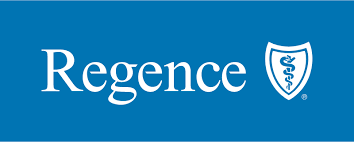Healthier Together: Eating disorders
This content is from our sponsor.


Healthier Together: Eating disorders
In this week's Healthier Together, we delve into the alarming effects of the COVID-19 pandemic on the prevalence of eating disorders across America.
In this week's Healthier Together, we delve into the alarming effects of the COVID-19 pandemic on the prevalence of eating disorders across America.
From spring 2020 through spring 2021, there was a significant increase in eating disorder cases, with inpatient admissions doubling during this period. Additionally, the MIT National Eating Disorder Association helpline reported a 40% surge in calls over the course of the year.
To gain deeper insights into this concerning trend, we sat down with renowned expert, Dr. Mike Franz, senior medical director of behavioral health, Regence BlueShield, to shed light on the issue. Dr. Franz emphasized that eating disorder onset typically occurs during early to middle adolescence, spanning the "tween" years through young adulthood.
The pandemic has undeniably impacted this vulnerable population, wreaking havoc on an industry that is already struggling to provide adequate support. The rise in eating disorders can be attributed to various factors, including heightened social isolation, disruption of daily routines, and, perhaps most significantly, an increased sense of loss of control—a crucial aspect as individuals with eating disorders often seek control over their lives through food intake.
Detecting eating disorders as early as possible is paramount, as prolonged unnoticed or untreated conditions can lead to severe damage to both physical and emotional health. Currently, approximately 30 million Americans grapple with an eating disorder, approaching 10% of the population.
The economic ramifications of eating disorders are significant, with the total cost in the US reaching a staggering $16.7 billion in 2019.
However, there is a silver lining amidst this concerning situation. The COVID-19 pandemic has prompted greater awareness and understanding of behavioral health issues, including eating disorders, leading to a destigmatization of these conditions.
With increased awareness comes a heightened ability for households to recognize the potential presence of eating disorders among their loved ones. It is crucial for families to remain vigilant and proactive in seeking help if they suspect an issue, and the first step should be consulting with a primary care provider who often has integrated behavioral health resources within their practice.
This content is from our sponsor.

